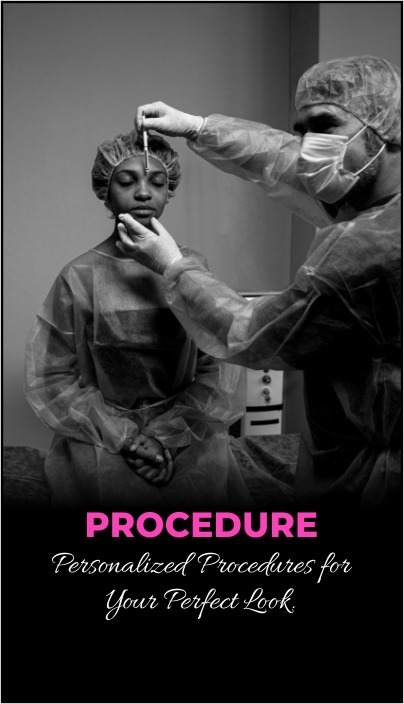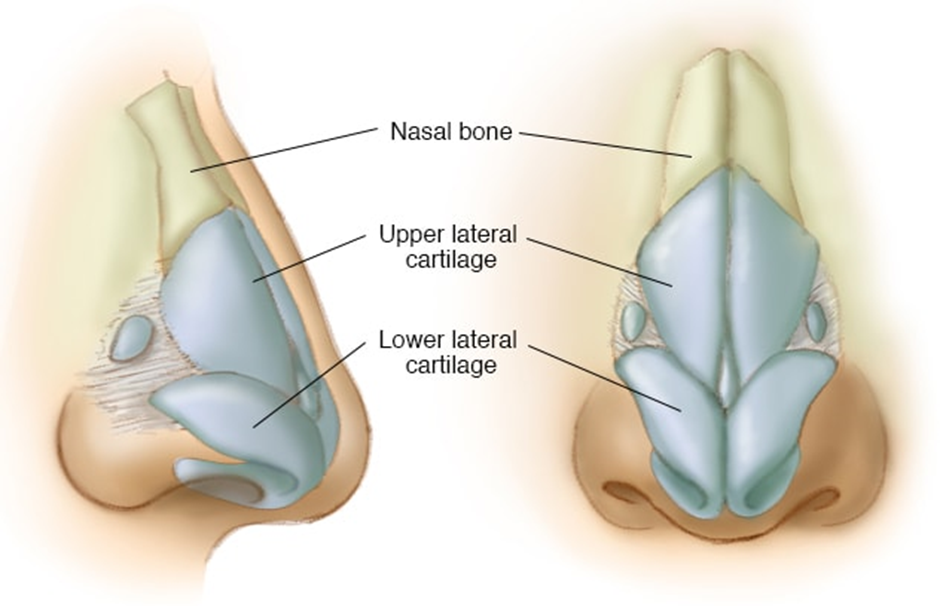

Rhinoplasty (RIE-no-plas-tee) is surgery that changes the shape of the nose. The reason for rhinoplasty may be to change the appearance of the nose, improve breathing or both. The upper part of the structure of the nose is bone, and the lower part is cartilage. Rhinoplasty can change bone, cartilage, skin, or all three.
As with any major surgery, rhinoplasty carries risks such as:
Other risks specific to rhinoplasty include:

Rhinoplasty can change the size, shape, or proportions of the nose. It may be done to fix issues from an injury, correct a birth defect, or improve some breathing problems.
Before rhinoplasty, you will meet with a surgeon to discuss your goals and undergo a medical evaluation.
You will receive anesthesia, and the surgery may be done inside the nose or through an external incision. The surgeon will adjust bone and cartilage, potentially using cartilage from other parts of your body for larger changes.
After surgery, you'll need to rest with your head elevated, and follow specific instructions to avoid swelling or bleeding.
After surgery, you'll need to rest with your head elevated, and follow specific instructions to avoid swelling or bleeding.
Small changes can make a big difference in your appearance. Most swelling will disappear within a year, but your nose will continue to change throughout your life.
